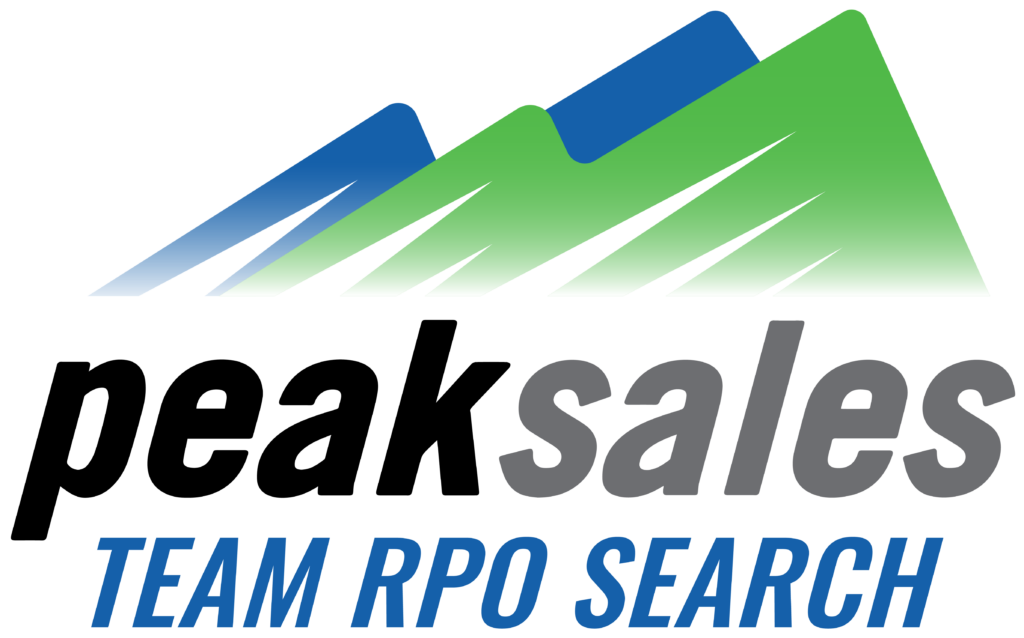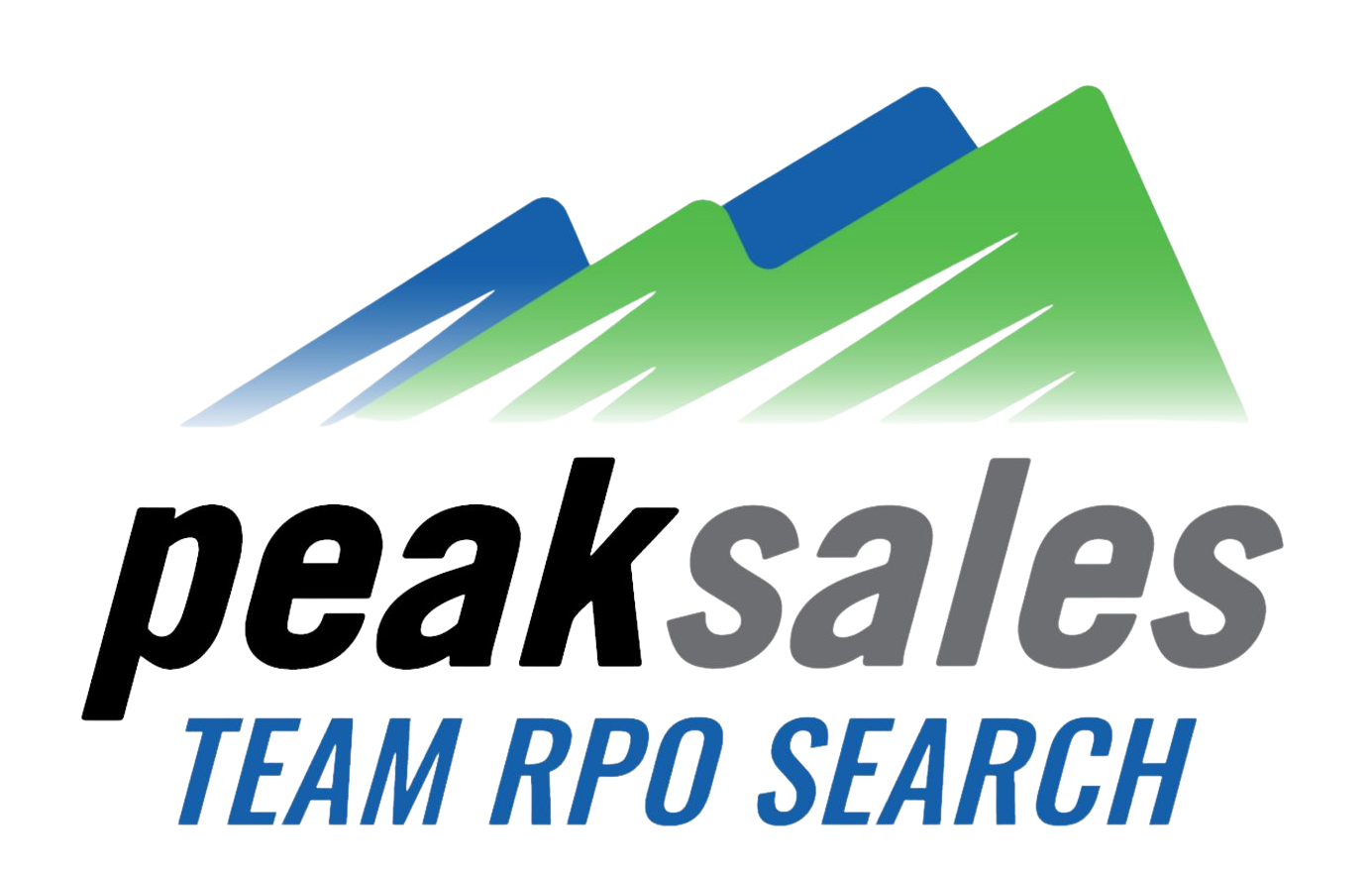As a sales leader, significant responsibility rests on your shoulders. You’re accountable for the sales team’s results. It’s also your responsibility to grow, develop and improve the sales department over time with influential professionals, technology and processes.
Why Recruitment Process Outsourcing (RPO) Is Critical For Sales
Constantly looking for new sales professionals for sales operations, sales reps, and business development to join your organization is a necessity for a straightforward reason. The highest performing sales professionals in your team have no shortage of opportunities. They have recruiters contacting them regularly. Also, they may aim to move up to a management role.
Regularly dedicating time to recruiting new sales talent is challenging. Most of our clients tell us that other urgent priorities keep them from focusing on recruiting. For example, you might need to step in to help a junior sales rep close a complex deal, approve a pricing change or support a company-wide project. These activities mean that recruiting activities are often pushed to the side.
With recruitment process outsourcing (RPO), your sales department leadership permanently shifts to growth. Every quarter, you will meet with new sales talent that meets your organization’s needs. That means growth and recovering from turnover will become far more straightforward. To ensure that growth unfolds smoothly, follow the steps below.
Step 1: Review The Sales Strategy
The sales strategy should be your North Star in terms of developing the sales organization. Reviewing the sales strategy is especially important if you are newer to your sales leadership role. In addition, deeply understanding the sales strategy is essential because you will constantly need to reinforce and guide your sales staff to meet the strategy.
Review the following aspects of your sales strategy so that you can easily explain it to your sales colleagues.
- What is the organization’s ideal customer profile? While there is some flexibility in the ideal customer profile, it is important to keep your organization’s capabilities in mind. For example, your organization may want to focus on domestic customers rather than multinational companies.
- What are the typical sales steps of your sales process?
- What are the most critical sales technologies, templates, and resources each person has?
- What are sales training resources available to employees?
Once you have confirmed your understanding of the sales strategy, take a thoughtful look at the sales organization structure.
Step 2: Evaluate the sales organizational structure
The next step is to evaluate the sales organizational structure. There are a few common situations that may hold your company back from realizing its goals. To measure your sales organizational structure for effectiveness, explore these questions with your sales management peers.
- Is the sales team focused on achieving our sales strategy?
- Do we have enough qualified sales people to reach our goals?
- Do we have the infrastructure in place to support the sales team in terms of people and processes?
- What is the turnover trend in the sales team?
As you explore these questions, look beyond the wins or losses achieved by any one individual. It’s still possible for heroic efforts to deliver success despite the system. However, our objective is to develop an organizational structure and culture that supports success.
Step 3: What would your ideal sales structure look like?
For example, your sales strategy may have gradually shifted to emphasize winning enterprise accounts at large companies. Successfully earning that business takes a different set of capabilities. You may need sales engineers to explain technical capabilities in detail. In addition, you may need to engage with procurement departments.
In this situation, a sales department made up of generalist sales representatives may have limited effectiveness. To lift win rates further, consider retooling the sales team to include specialist roles like business development and sales engineers.
While specialized sales roles add a great deal of value, they are not right for every situation. For instance, a small company or a startup may only need two salespeople at the beginning. After a year or two of growth, it may be time to reevaluate that small team and see if it still makes sense.
Step 4: Review The Performance of The Sales Team
The next part of the process is to evaluate the performance of your current sales team. For example, you may find some salespeople are excellent at account management while others are excellent at prospecting. In that case, reorganizing the sales team into sales and account managers may be a worthwhile step.
In addition to moving people to new roles, it is important to have some difficult conversations. For example, underperforming salespeople may need to be put on a performance improvement plan. If those plans are unsuccessful, it may be time to ask that employee to leave the sales team.
Step 5: Plan the launch of the new sales team organization
Launching your new sales organization is the final part of the process. Take your time to communicate the change carefully so that salespeople and customers have time to adjust to the change. Keep these tips in mind as you plan the change.
- Focus on the sales strategy
Organization changes tend to cause fear, uncertainty and doubt. Reinforce that the organization structure is changing in order to meet the company’s sales strategy.
- Make Time For Your People.
When a new sales organization is announced, it is natural to see some changes. Some salespeople will be happy with the change while others may decide to leave. As a sales leader, make more time for 1 on 1 meetings and other avenues to connect with your staff.
- Get Your Recruiting Process Outsourcing (RPO) Provider Ready
Implementing a new sales organization is a journey. You will almost certainly need more sales talent to reach your goals. You may create new sales positions you have never had before and bring in new sales managers. Recruiting process outsourcing (RPO) is an excellent way to support your growth.
Explore Recruiting Process Outsourcing With Peak Sales Team RPO Search
Contact Peak Sales Team RPO Search to discuss how we can help you get the sales leaders you need to achieve your sales goals.










